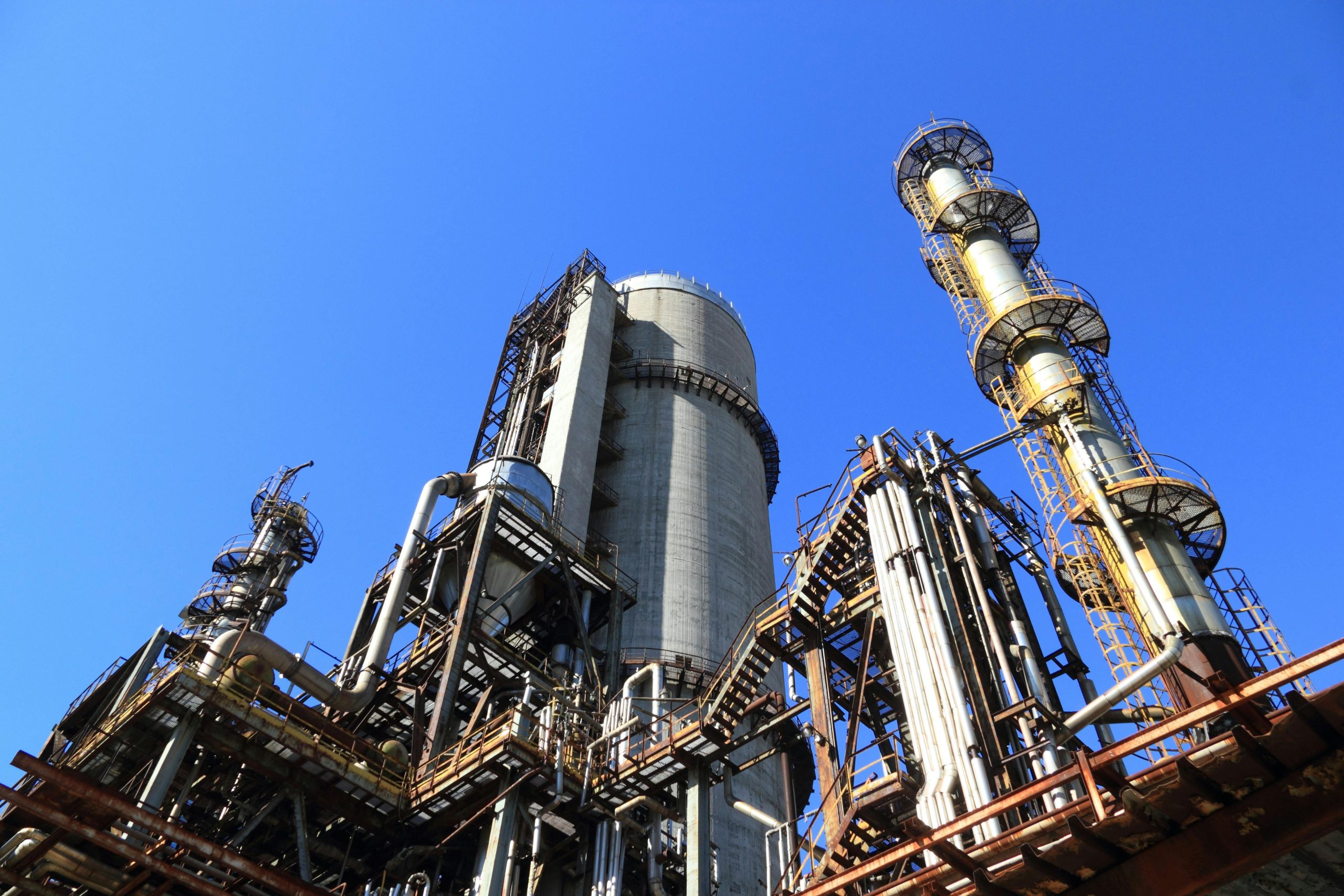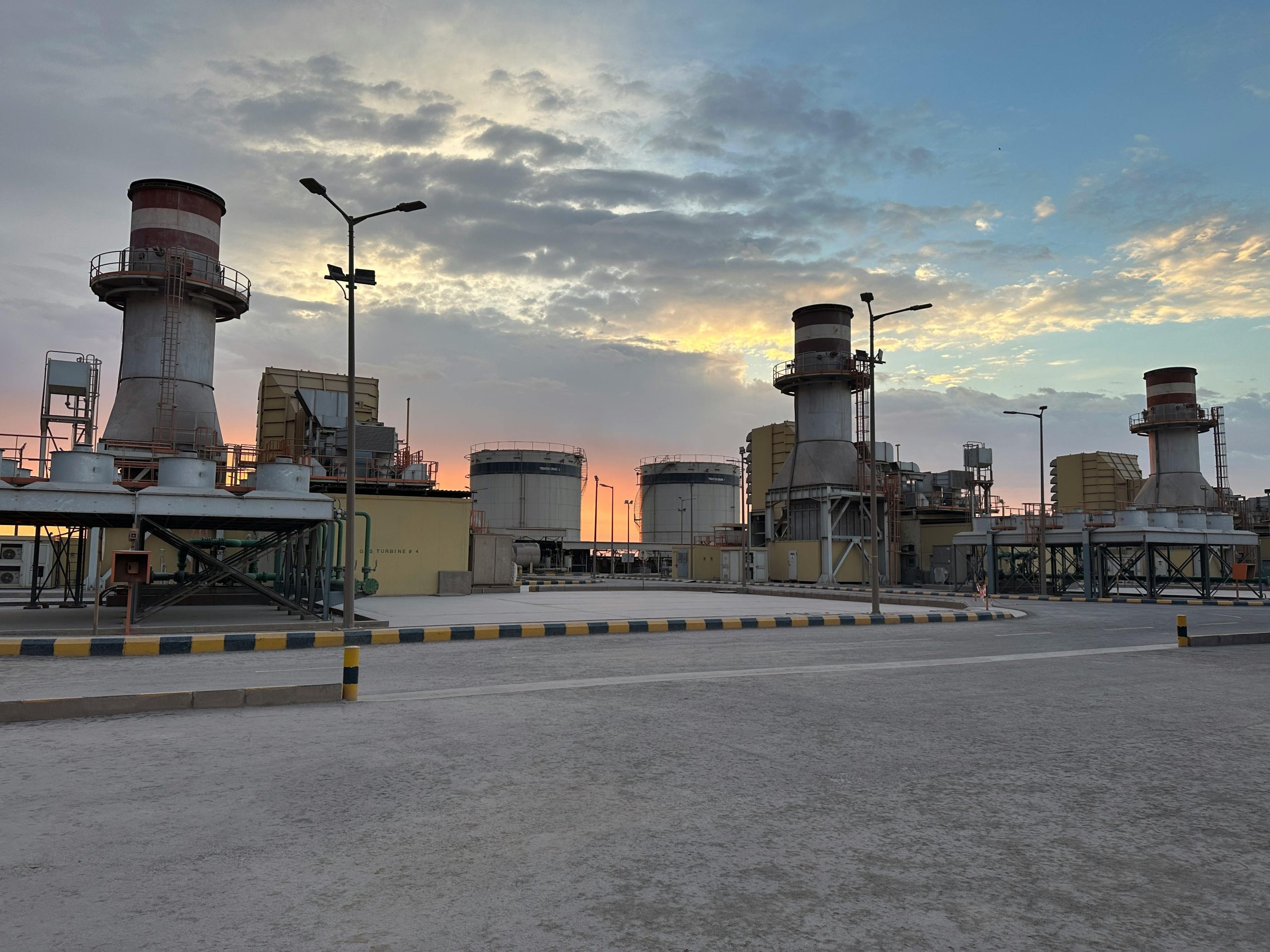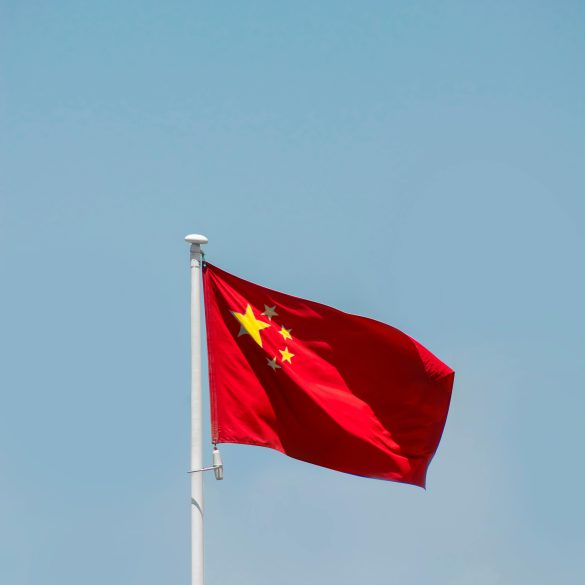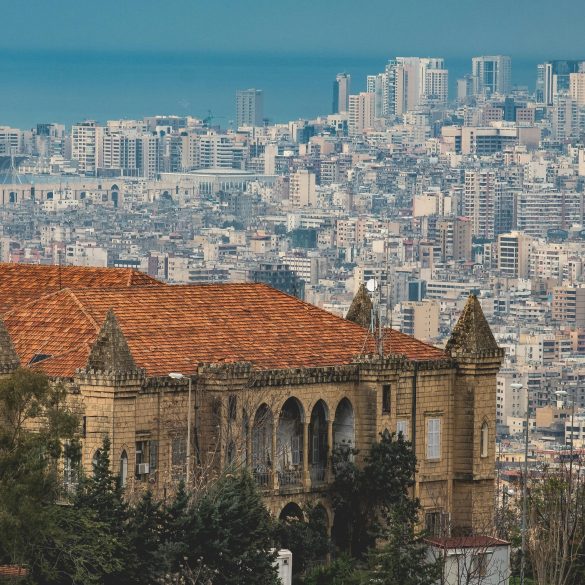Investing in Saudi Arabia: Complete 2024 Investment Guide
Honestly, I never thought I’d find myself this excited about Middle Eastern investment opportunities. But here we are in 2024, and Saudi Arabia has completely transformed my perspective on emerging market investing. What started as skeptical research into the Kingdom’s economic diversification has turned into one of the most compelling investment stories I’ve encountered in my 15+ years analyzing global markets.
The numbers alone are pretty mind-blowing. According to the Saudi Arabian General Investment Authority (SAGIA), foreign direct investment reached $19.3 billion in 2023—that’s a 70% increase from just two years ago. But what really gets me excited isn’t just the headline figures. It’s the fundamental restructuring happening across every sector of this economy.
Saudi Arabia Investment Snapshot
Population: 35.4 million (65% under age 35)
GDP: $833 billion (2023)
Stock Exchange: Tadawul (largest in Middle East)
Vision 2030 Investment Target: $3.3 trillion by 2030
Foreign Ownership Limit: Up to 100% in most sectors
Let me be straight with you—investing in Saudi Arabia isn’t for everyone. There are real risks here that we need to discuss openly. Political stability concerns, regulatory changes, currency fluctuations, and the ongoing dependency on oil revenues all factor into this equation. But for investors willing to do their homework and understand the landscape, the opportunities are genuinely remarkable.
Saudi Vision 2030: The Transformation Story
When Crown Prince Mohammed bin Salman announced Vision 2030 back in 2016, I’ll admit I was pretty skeptical. Another ambitious Middle Eastern development plan, right? But what I’ve witnessed over the past few years has completely changed my perspective. This isn’t just another government initiative—it’s a comprehensive economic restructuring that’s actually happening.
The Vision 2030 framework targets reducing oil dependency from 42% of GDP to 20% by 2030. According to McKinsey Global Institute research, this represents one of the most ambitious economic diversification programs in modern history. What struck me most during my recent research trip to Riyadh was how seriously the government is taking these targets.
Key Vision 2030 Investment Pillars
- Economic diversification away from oil dependency
- Tourism development targeting 100 million visits annually
- Technology sector growth and digital transformation
- Entertainment and cultural industries development
- Renewable energy transition and green hydrogen production
The transformation I’m seeing is genuinely remarkable. The Saudi stock market (Tadawul) has opened to foreign investors, women can now drive and attend sporting events, and international entertainment companies are flooding into the Kingdom. These aren’t just social changes—they represent fundamental shifts that create entirely new investment categories.
Top Investment Sectors and Opportunities
Let me walk you through the sectors that have caught my attention—and my investment dollars—over the past couple of years. What’s fascinating about the Saudi market is how quickly things are moving. Sectors that barely existed five years ago are now generating billions in investment flows.
Technology and Digital Transformation
The technology sector in Saudi Arabia is absolutely exploding right now. The government’s commitment to digital transformation, combined with a young, tech-savvy population, creates incredible opportunities. According to the Communications and Information Technology Commission, the ICT sector grew by 8.2% in 2023 alone.
What really excites me about this space is the government backing. The Saudi Development Fund has allocated $6.4 billion specifically for technology initiatives. Plus, the regulatory environment is becoming increasingly favorable for foreign tech companies. Just last year, Google announced a $266 million investment in Saudi cloud infrastructure—that’s the kind of validation that gets my attention.
| Technology Sector | Growth Rate (2023) | Government Investment | Foreign Investment |
|---|---|---|---|
| Cloud Computing | 12.4% | $1.8B | $892M |
| Fintech | 15.7% | $2.1B | $1.2B |
| E-commerce | 18.3% | $950M | $674M |
| Gaming & Entertainment | 22.1% | $1.5B | $438M |
Real Estate and Infrastructure
The real estate market—now this is where things get really interesting. I’ve been tracking property values in Riyadh and Jeddah for the past three years, and the growth has been substantial. But it’s not just traditional real estate that’s catching my eye.
What’s particularly compelling is the government’s focus on creating entire new cities and economic zones. The Red Sea Project, for instance, represents a $500 billion investment in luxury tourism infrastructure. As someone who’s analyzed resort development projects globally, I can tell you that the scale and ambition here is unprecedented.
NEOM: The $500 Billion Opportunity
I need to address NEOM specifically because, frankly, it’s unlike anything I’ve ever researched. When I first heard about a $500 billion smart city being built from scratch in the desert, my initial reaction was skepticism. But after digging deeper into the project financing, international partnerships, and current construction progress, I’m starting to believe this might actually happen.
NEOM represents the largest private investment opportunity in Saudi Arabia’s history. The project includes The Line (a 170-kilometer linear city), Oxagon (an industrial complex), and Trojena (a mountain resort destination). According to project officials, the first phase is scheduled for completion by 2025, with full development by 2030.
NEOM Investment Opportunities
- Infrastructure development contracts and partnerships
- Technology integration and smart city solutions
- Renewable energy projects and green hydrogen production
- Tourism and hospitality development
- Manufacturing and logistics facilities
The reality is, NEOM offers both tremendous opportunity and significant risk. The project timeline is aggressive, the scale is massive, and the success depends on numerous factors beyond any single investor’s control. But for those willing to take calculated risks on transformational infrastructure projects, the potential returns could be extraordinary.

Regulatory Environment and Foreign Investment Rules
Alright, let’s talk about the practical stuff—because this is where a lot of investors get tripped up. The regulatory environment in Saudi Arabia has changed dramatically over the past five years, mostly in favor of foreign investors. But you absolutely need to understand the current framework before putting any money to work.
The Saudi Arabian General Investment Authority (SAGIA) has streamlined the foreign investment process considerably. What used to take months of bureaucratic navigation can now be completed in weeks. According to my conversations with SAGIA officials during my last visit to Riyadh, processing times for foreign investment licenses have been reduced by 65% since 2020.
Foreign Ownership Regulations
Here’s something that surprised me when I first started researching Saudi investments: foreign investors can now own up to 100% of companies in most sectors. This is a massive change from the traditional joint venture requirements that used to dominate Middle Eastern markets.
However—and this is important—certain sectors still have restrictions. Banking, telecommunications, and some energy sectors require local partnerships or have foreign ownership caps. The key is understanding which sectors are fully open versus those with limitations.
| Investment Sector | Foreign Ownership Limit | Local Partner Required | Special Licenses |
|---|---|---|---|
| Technology & Software | 100% | No | Standard |
| Real Estate Development | 100% | No | Standard |
| Manufacturing | 100% | No | Industrial |
| Banking & Finance | 60% | Yes | SAMA Approval |
| Telecommunications | 70% | Yes | CITC License |
Risk Analysis and Critical Considerations
Now let’s talk about the elephant in the room—the risks. I’d be doing you a disservice if I didn’t address these honestly, because there are real challenges to investing in Saudi Arabia that every investor needs to understand.
⚠️ Important Investment Risk Disclaimer
Investing in Saudi Arabia involves significant risks including political instability, regulatory changes, currency fluctuations, and market volatility. Past performance does not guarantee future results. All investments carry the risk of loss, and investors should only invest what they can afford to lose. Please consult with qualified financial advisors before making investment decisions.
Political and Regulatory Risks
Let’s be honest—political stability in the Middle East is always a consideration. While Saudi Arabia has maintained relative stability compared to regional neighbors, the concentration of decision-making power and potential for rapid policy changes creates uncertainty for long-term investments.
The regulatory environment, while improving, can still change quickly. I’ve seen investment rules modified with relatively short notice periods. The key is staying connected with local legal counsel and maintaining flexibility in your investment structure.
Economic and Currency Considerations
The Saudi riyal has been pegged to the US dollar since 1986, which provides currency stability but also creates some interesting dynamics. Oil price volatility still significantly impacts the broader economy, despite diversification efforts.
What concerns me most is the speed of change. The economy is transforming rapidly, which creates opportunities but also means traditional economic indicators may not accurately predict future performance. You’re essentially investing in a country that’s reinventing itself in real-time.
Practical Market Entry Strategies
Assuming you’re still interested after that risk discussion—and I hope you are, because the opportunities are genuine—let’s talk about practical approaches to entering the Saudi market.
From my experience working with clients on Middle Eastern investments, there are essentially three viable entry strategies, each with different risk-reward profiles and capital requirements.
- Direct Investment: Establishing a Saudi entity or acquiring existing businesses
- Partnership Approach: Joint ventures with established Saudi companies
- Portfolio Investment: Public market investments through Tadawul or Saudi-focused funds
For most individual investors, I typically recommend starting with portfolio investments to gain market exposure and understanding before considering direct investment opportunities. The Saudi stock market has shown impressive performance, with the Tadawul All Share Index gaining 27% in 2023.
Expert Perspectives and Case Studies
I want to share some insights from industry professionals who’ve actually deployed capital in Saudi Arabia. These perspectives have shaped my own understanding of the market and might help inform your investment decisions.
What strikes me about successful Saudi investments is the importance of understanding local business culture. During my research trips, I’ve learned that relationship-building and cultural sensitivity aren’t just nice-to-haves—they’re absolutely critical for success.
Case Study: Technology Sector Success
Let me share a specific example that illustrates both the opportunities and challenges. A European fintech company I’ve been tracking entered the Saudi market in 2021 through a joint venture with a local bank. Initial investment: $45 million.
The results have been impressive. According to their latest earnings report, the Saudi operation generated $23 million in revenue in 2023, with 340% growth year-over-year. The key success factors were understanding Islamic finance principles, partnering with established local institutions, and adapting their technology platform for Arabic language and local regulatory requirements.
But here’s the interesting part—their expansion took 18 months longer than projected due to regulatory approval processes and cultural adaptation requirements. The lesson? Even successful investments in Saudi Arabia require patience and flexibility.
Investment Timeframes and Expectations
Based on my analysis of successful Saudi investments, I typically recommend thinking in terms of 5-10 year investment horizons. The transformation happening in the Kingdom is real, but it’s also gradual. Quick profits are possible in certain sectors, but the most compelling opportunities are likely long-term plays on structural economic change.
| Investment Timeline | Risk Level | Potential Returns | Recommended Sectors |
|---|---|---|---|
| 1-2 Years | High | 15-25% | Public Markets, REITs |
| 3-5 Years | Medium-High | 20-35% | Technology, Tourism |
| 5-10 Years | Medium | 25-50% | Infrastructure, NEOM |
| 10+ Years | Medium-Low | 30-60% | Diversified Portfolio |
Actionable Next Steps
If you’ve made it this far, you’re probably wondering: “Okay, so how do I actually get started?” Let me give you some practical next steps based on what I’ve learned from my own Saudi investment research and client experiences.
Your Saudi Investment Action Plan
- Start with education: Read the complete Vision 2030 documentation and recent SAGIA reports
- Consider portfolio exposure: Look at Saudi-focused ETFs or Tadawul index funds
- Build relationships: Connect with Saudi business councils in your country
- Visit the market: Nothing replaces on-ground experience and cultural understanding
- Consult professionals: Work with advisors experienced in Middle Eastern investments
I’ll be straight with you—investing in Saudi Arabia isn’t for everyone. It requires patience, cultural sensitivity, and a higher risk tolerance than developed market investments. But for investors willing to do their homework and take a long-term view, the opportunities are genuinely compelling.
The Kingdom is undergoing one of the most ambitious economic transformations in modern history. Vision 2030 isn’t just a government plan—it’s a comprehensive restructuring that’s creating entirely new investment categories and opportunities.
Final Thoughts and Recommendations
As I wrap up this analysis, I keep coming back to one central point: Saudi Arabia represents a unique moment in investment history. You’re looking at a country with massive financial resources, ambitious development plans, and the political will to execute transformation.
The risks are real—political uncertainty, regulatory changes, and economic volatility all factor into this equation. But the potential rewards, particularly for patient investors with long-term perspectives, could be extraordinary.
My recommendation? Start small, learn continuously, and build your understanding gradually. Whether that’s through public market exposure, direct investment, or partnership opportunities, the key is beginning the learning process and staying engaged with market developments.
Important Final Disclaimer: This analysis represents my personal research and opinions based on publicly available information and market observations. All investments carry risk of loss, and past performance does not guarantee future results. Please consult with qualified financial advisors and conduct your own due diligence before making investment decisions. The Saudi investment landscape continues evolving rapidly, and current regulations and opportunities may change.



